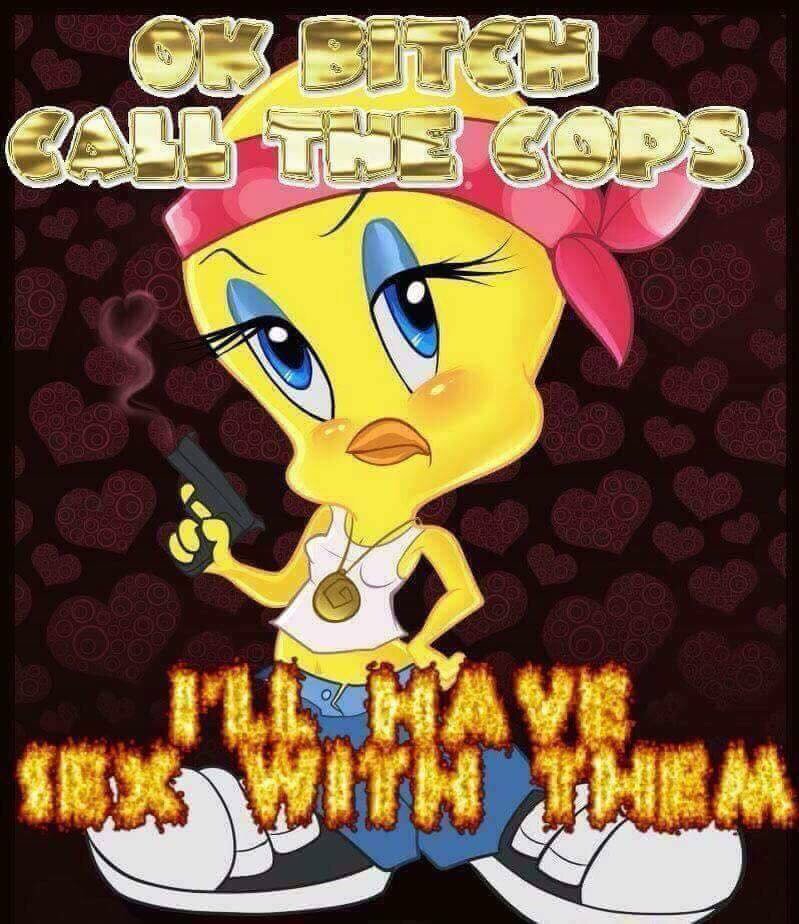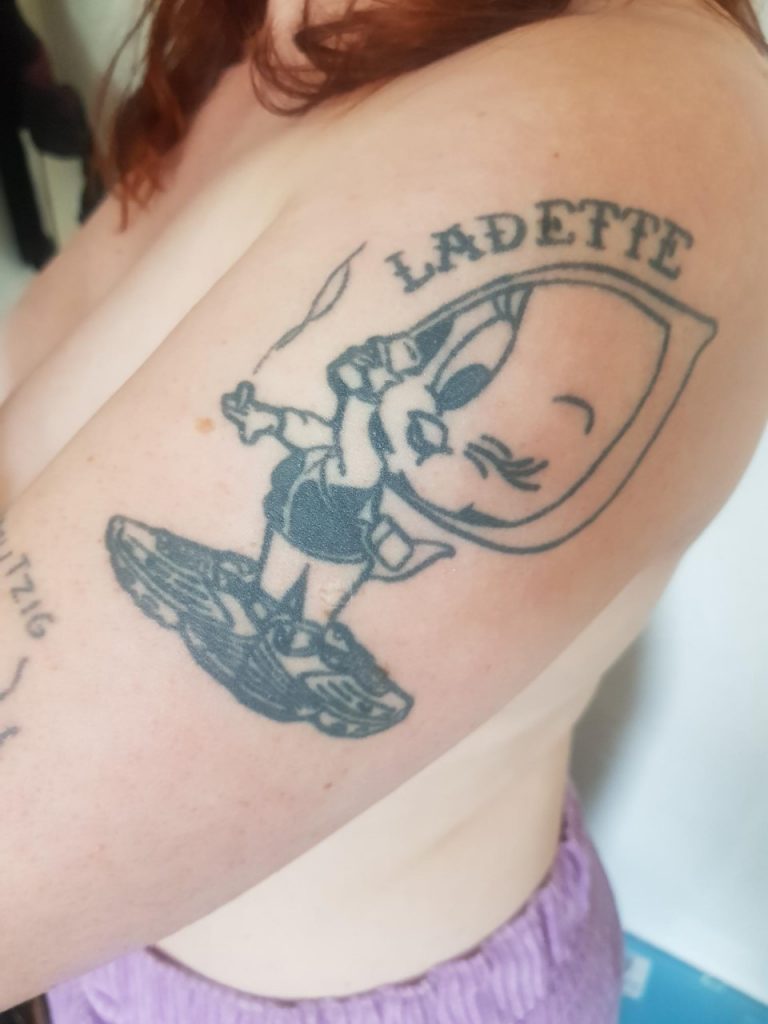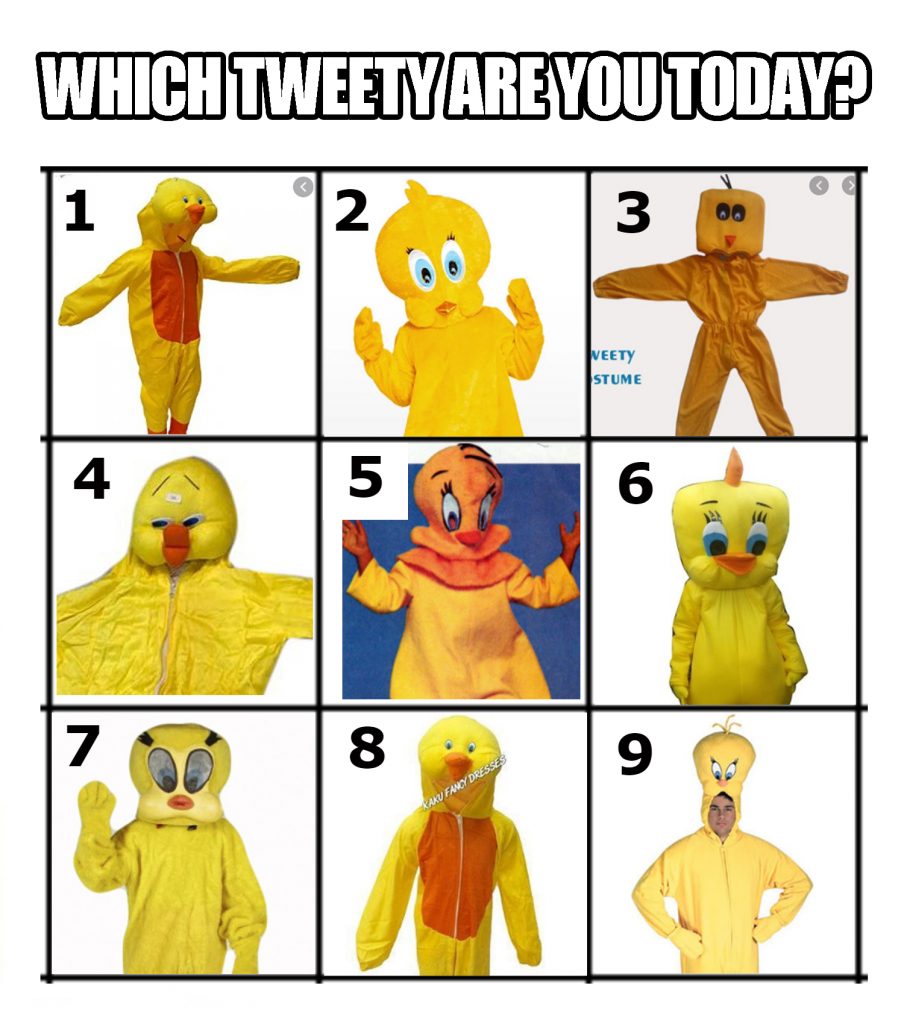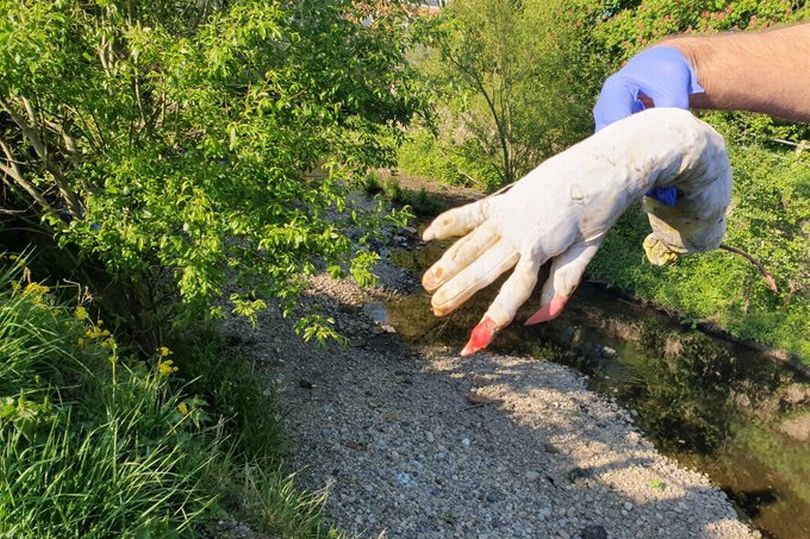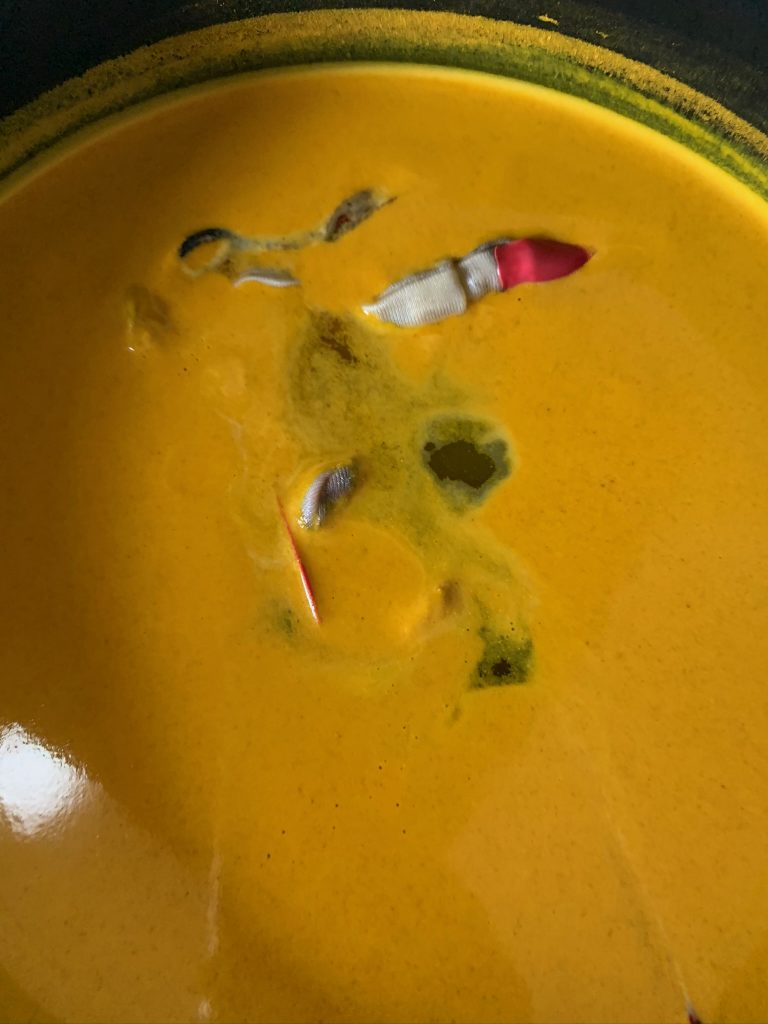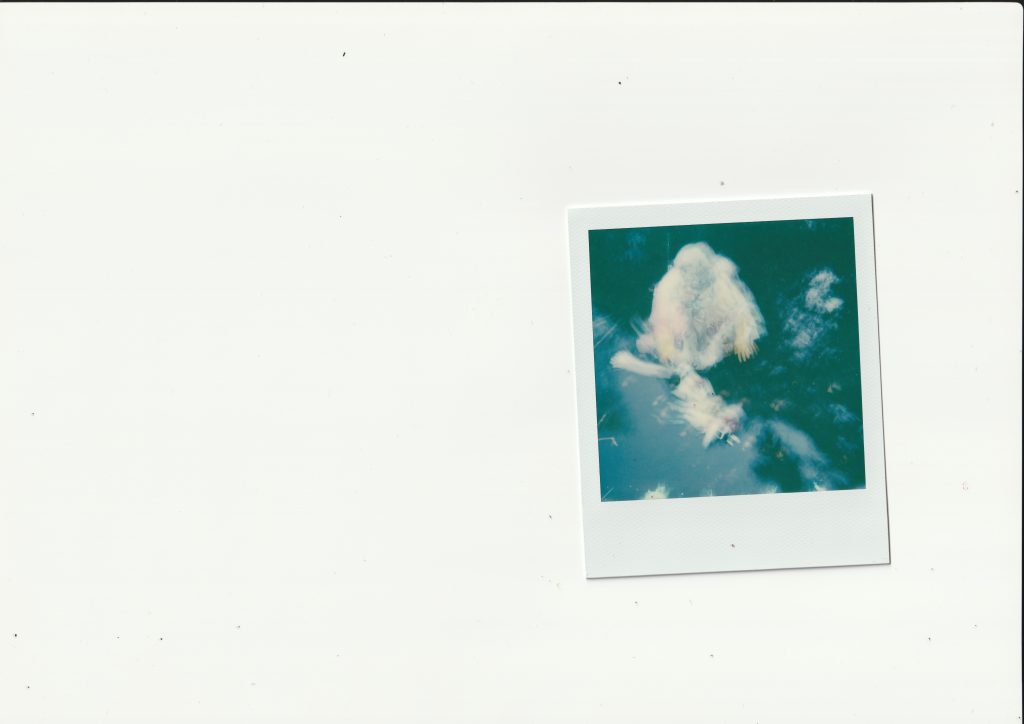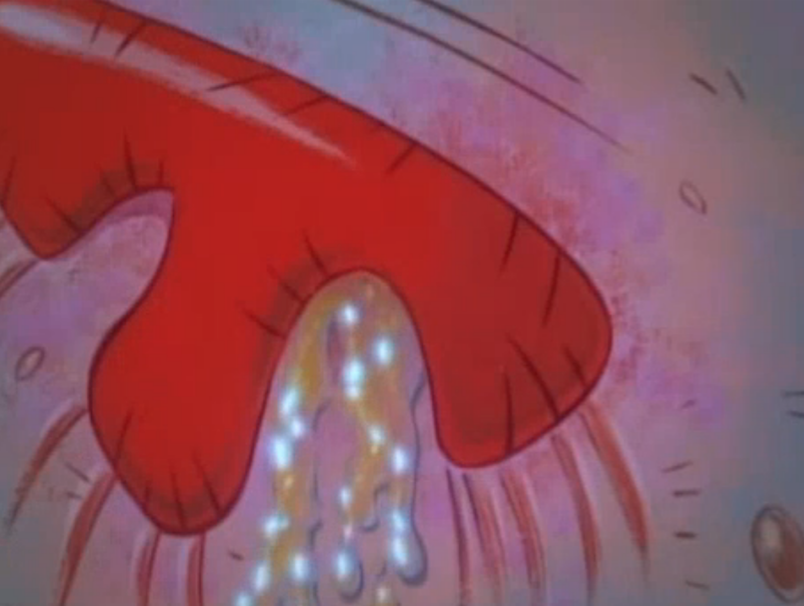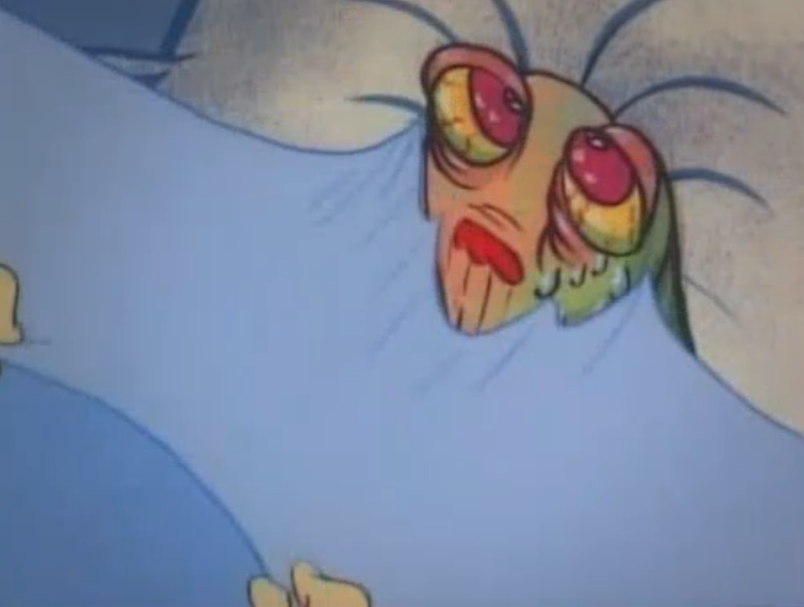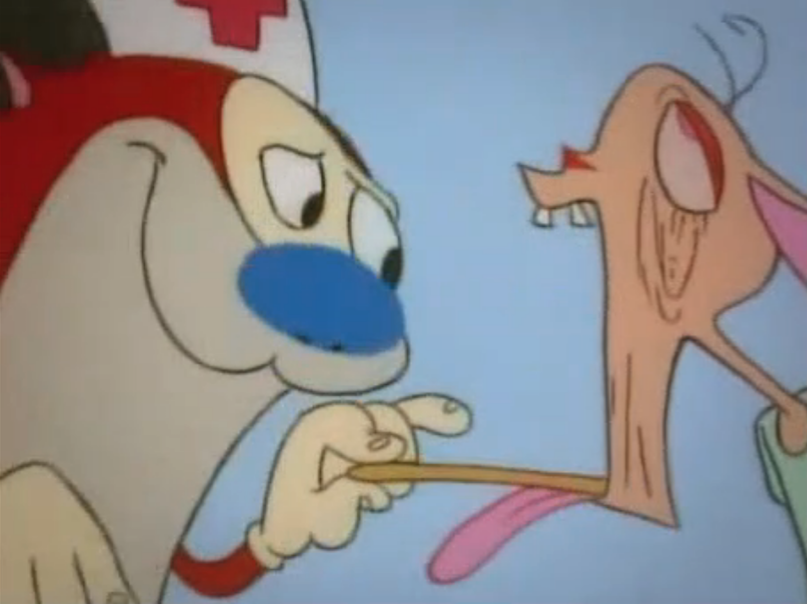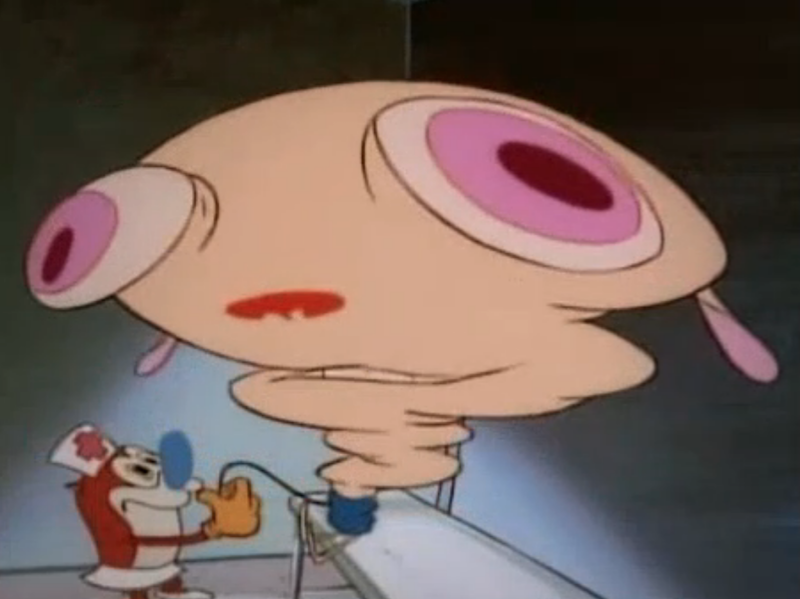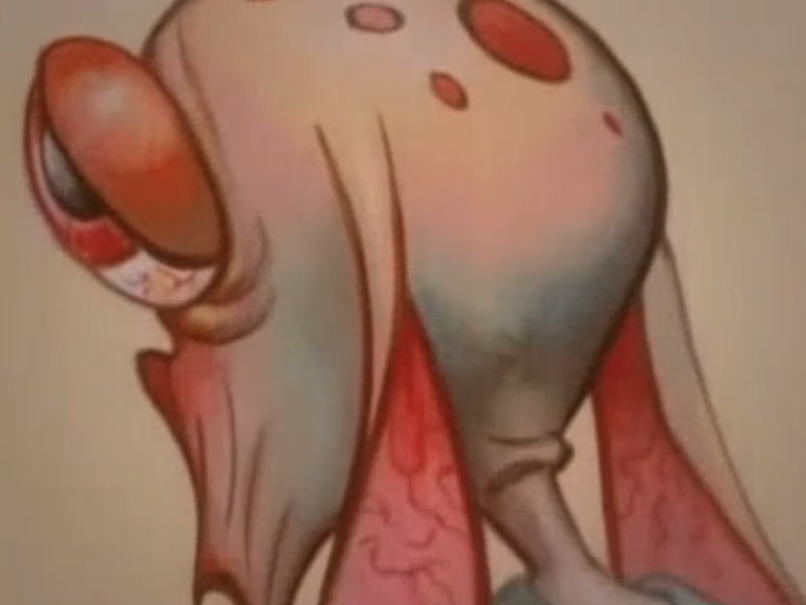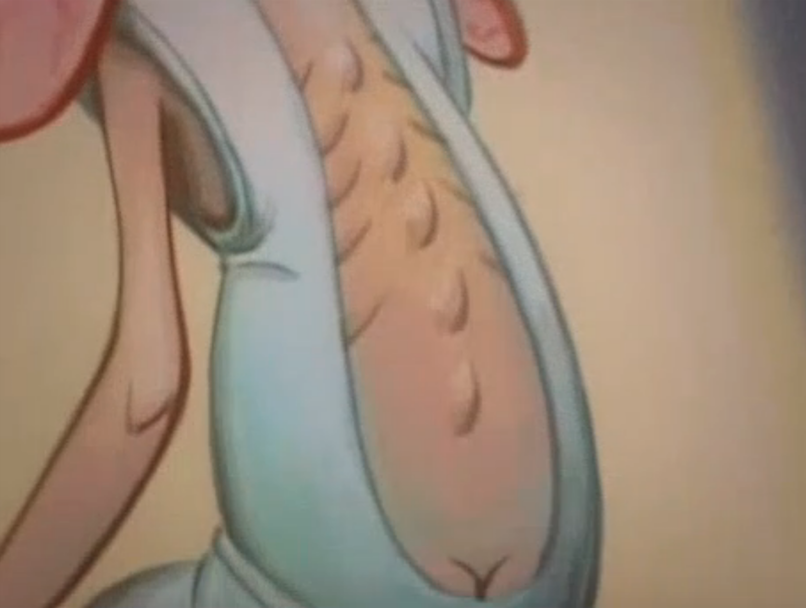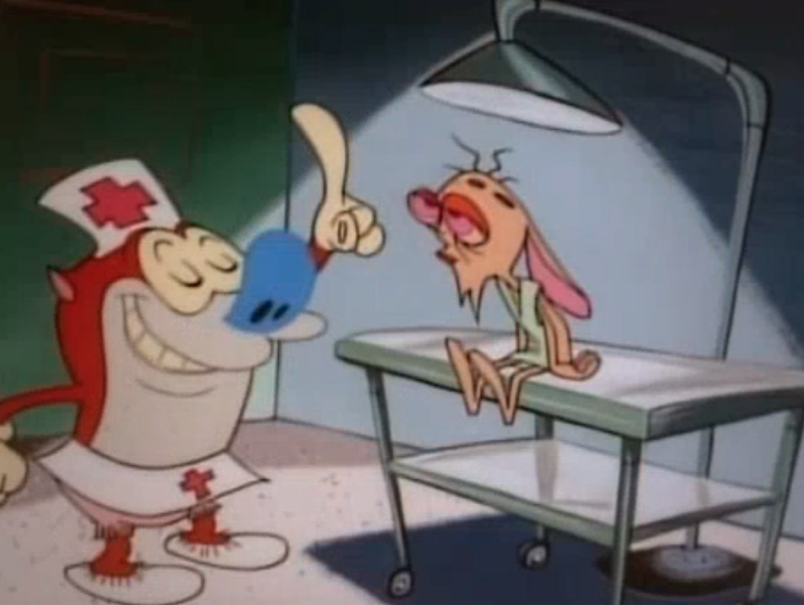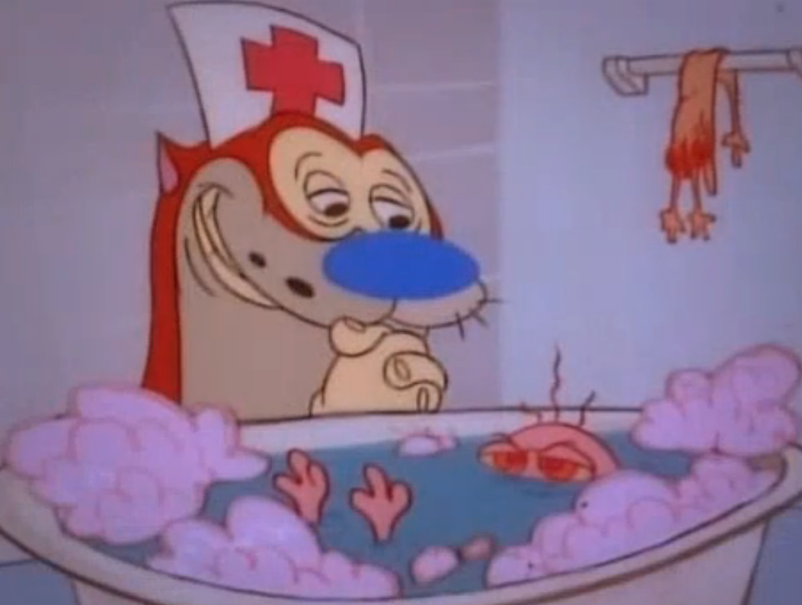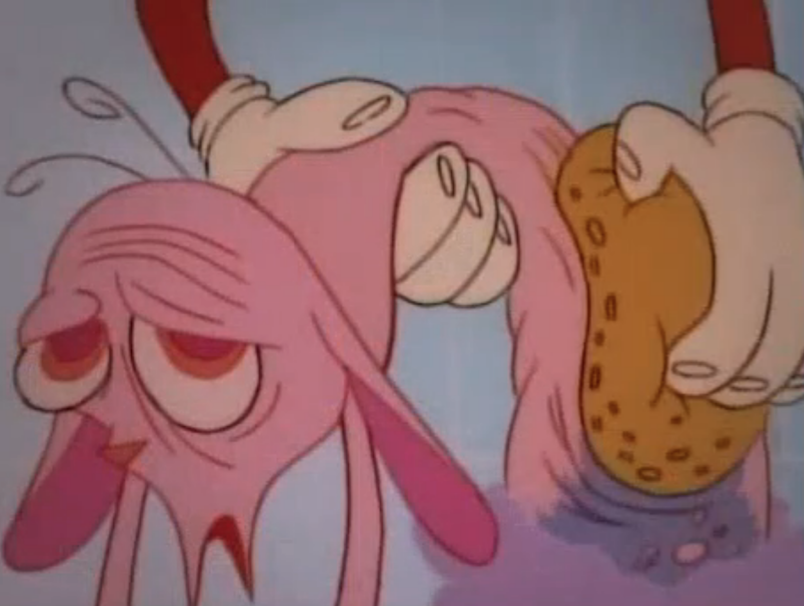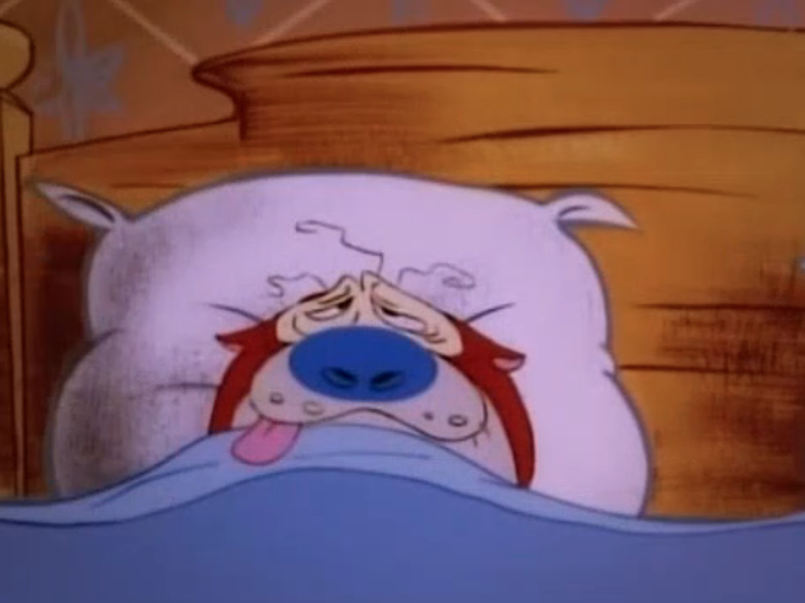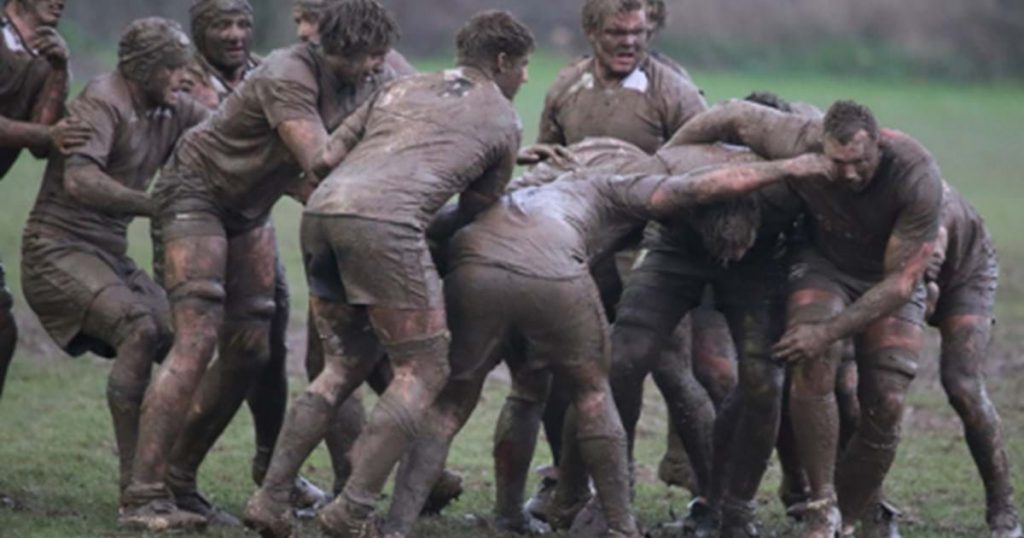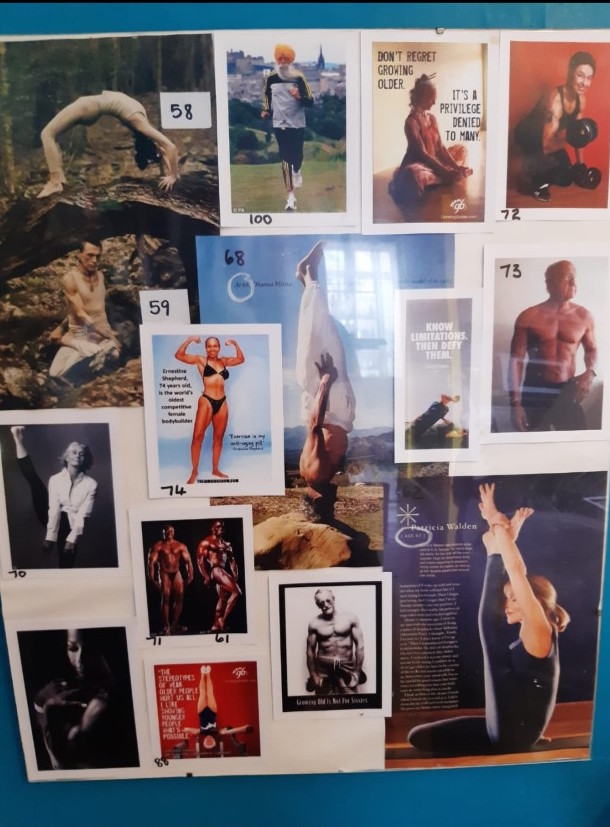
Growing up, my Mum, like my previously mentioned biological Dad, was also into body building and fitness in general.
For as long as I can remember she has kept mood boards of desirable body types and ideas of what is ‘healthy’ that she aspires to, around the house. These are the current ones which have been sat in her kitchen for the past couple of years which are very age focused. They used to only feature body builders when I was younger but more recently yogis, swimmers and runners have joined her fitness inspo crew as her own interests have diversified.
When I mentioned the body boards in passing to a disabled friend of mine a couple of years ago, they asked me what it was like to be around these images when you’re not physically able to ever attain one of these bodies. I was so used to them being around, posing next to the fridge, gleaming on the wall of whichever corner of the house she’d displayed her weights, that I had never really thought about it. I still don’t really know what I think about it now. I mean, I don’t tend to judge how other people want to decorate their houses or what they do to make themselves feel good.
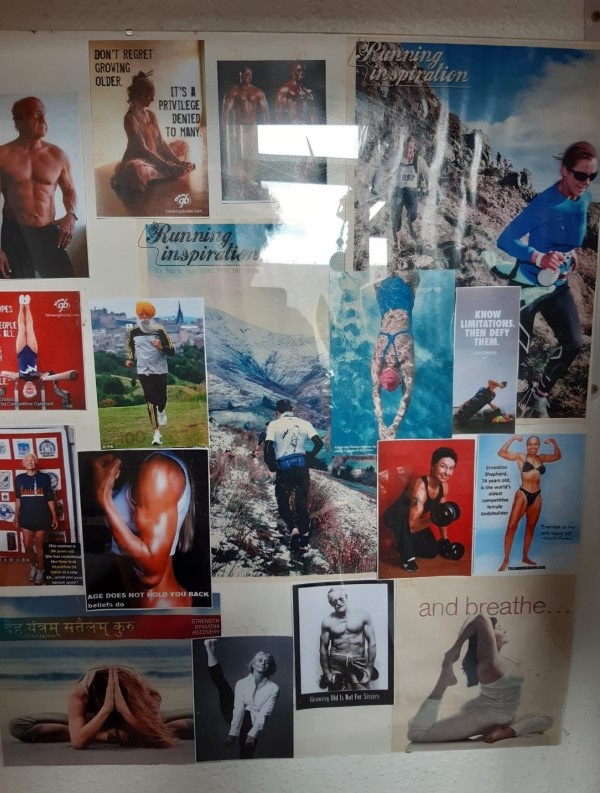
I may not be able to attain one of these bodies but my body is pushed to it’s limits in a different way. It’s not by choice and the experience may not appear how you might expect it to. I’m no athlete, training to impress you with a record breaking, gold medal, fastest time, personal best PERFORMANCE. I don’t want to be anyone’s inspiration for managing to get through the day either.
I might start making mood boards of people just lying down, looking really comfortable watching telly and put them up around my house. It’s one of the only physical states I desire. (Which by the way, are very hard images to find because everyone looks stiff and staged). The other physical states I desire are only attainable through different forms of visualisation; alien, jelly creature, plant, cyborg, insect, sea creature, goat, mascot and floating air molecule. This is what I use to escape the pain of my physical form. I keep digital collections of images of these bodies, which I guess is a similar practice to my Mum’s boards.
We all do what we’ve gotta do.
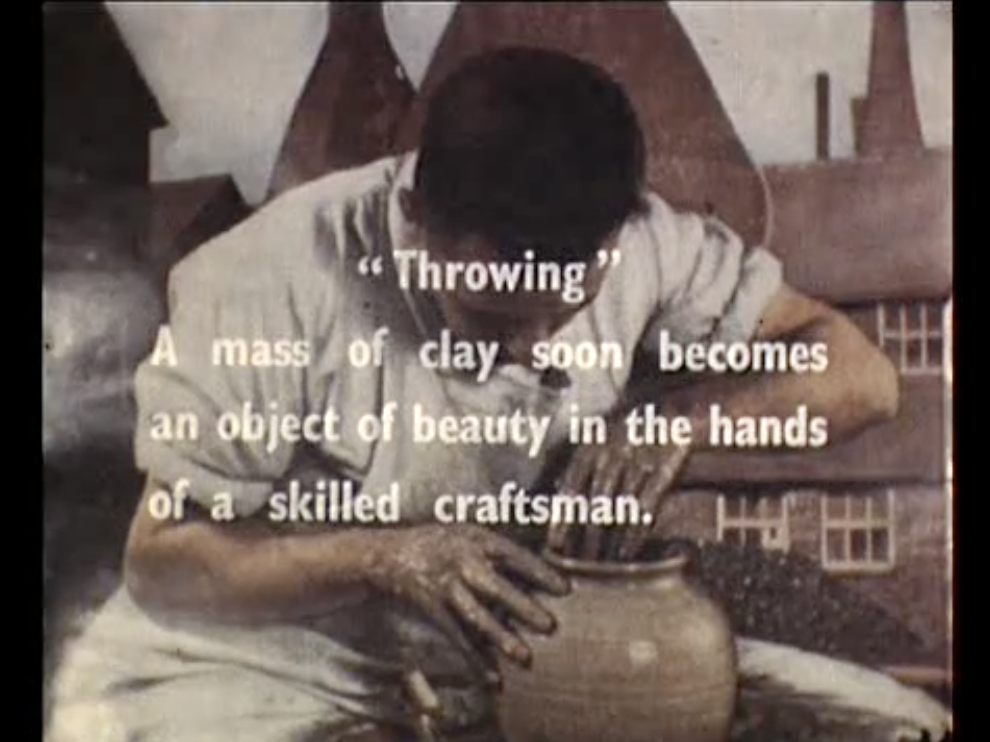
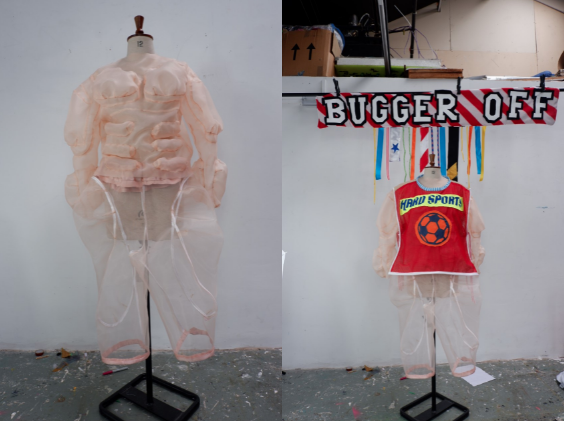
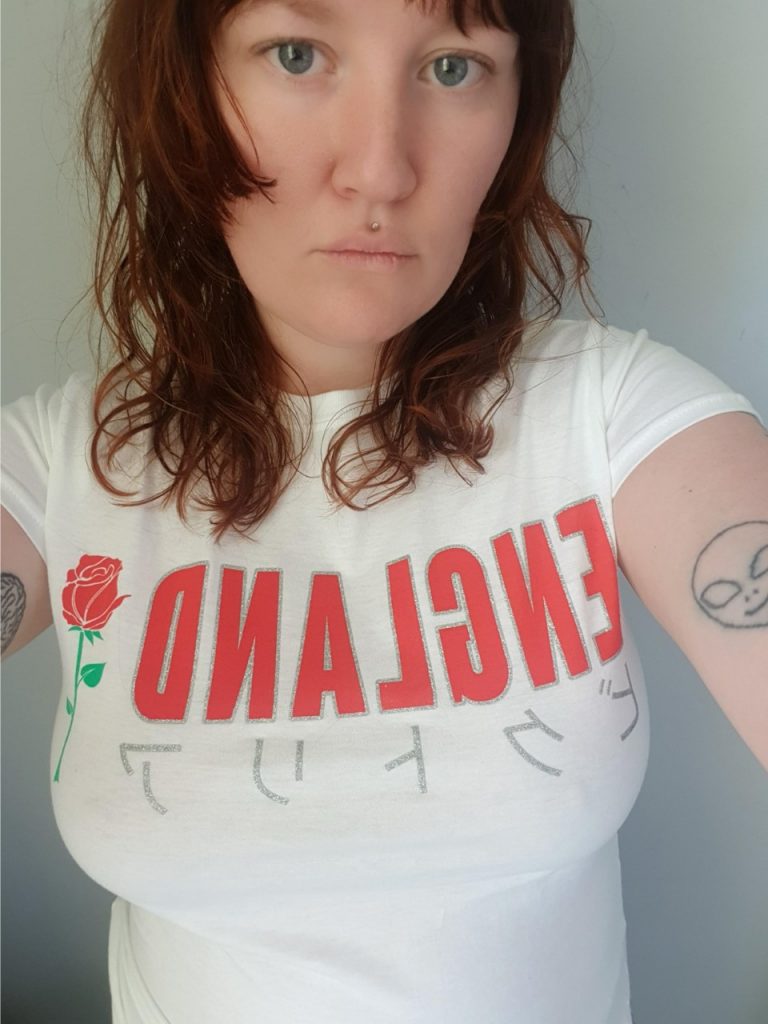
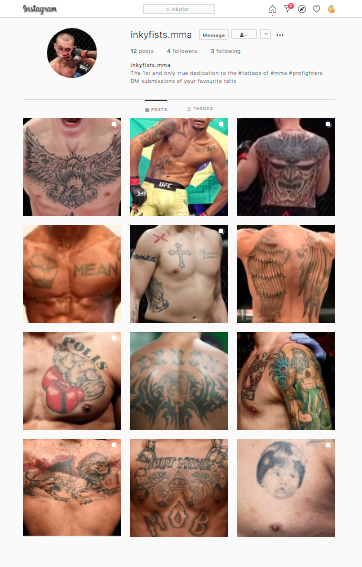
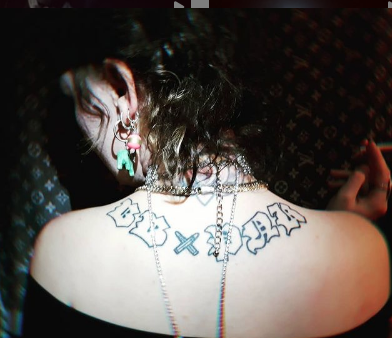
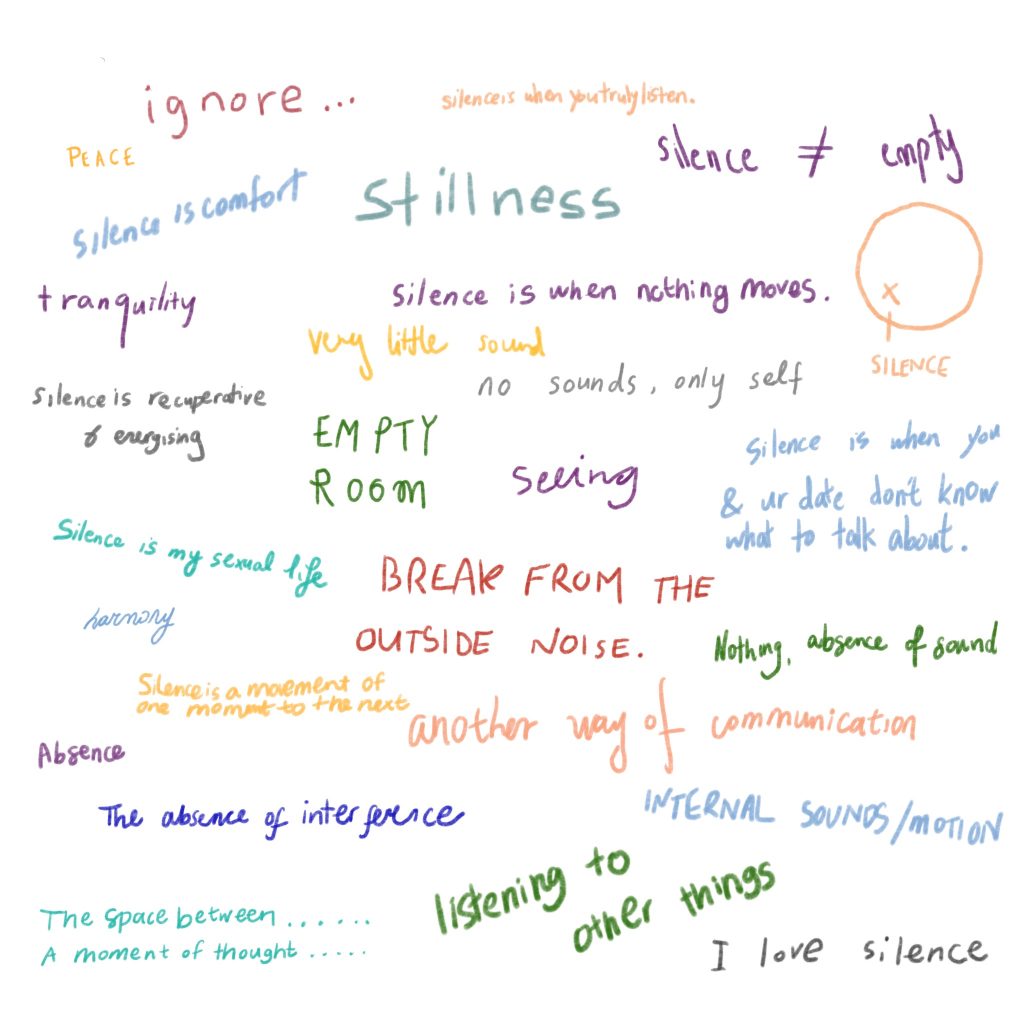
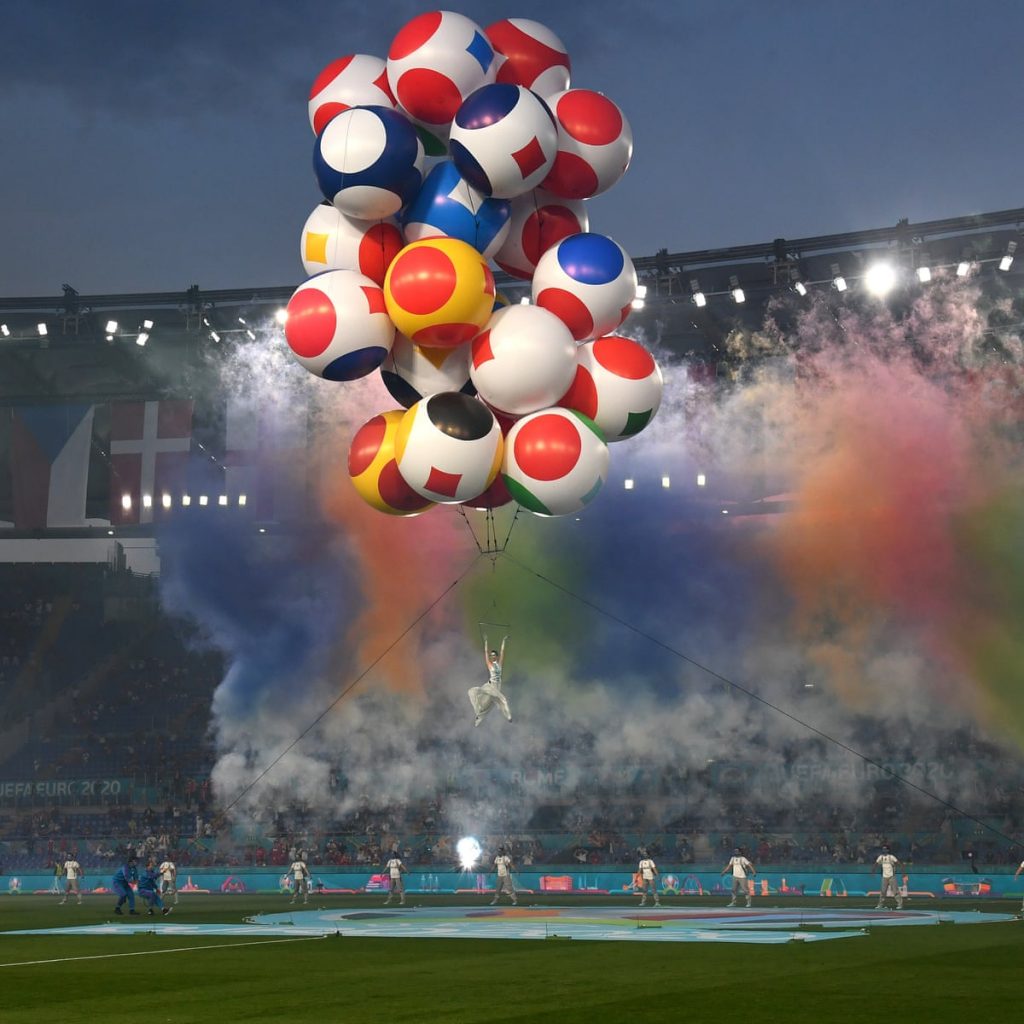
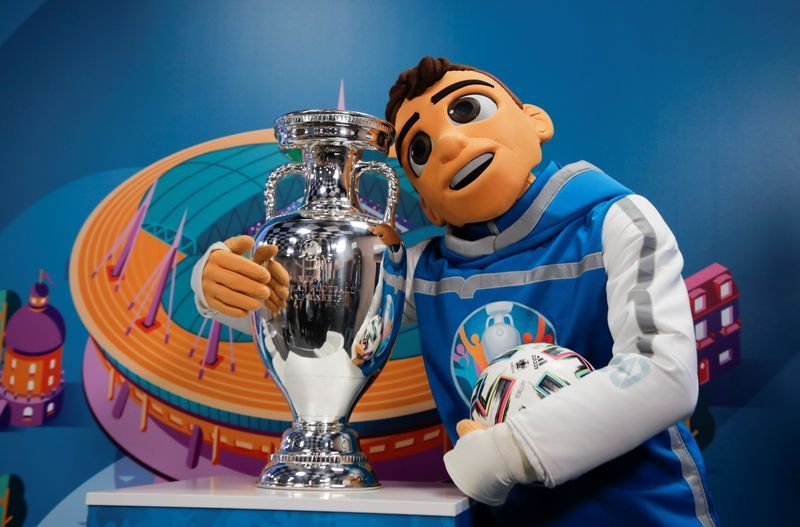
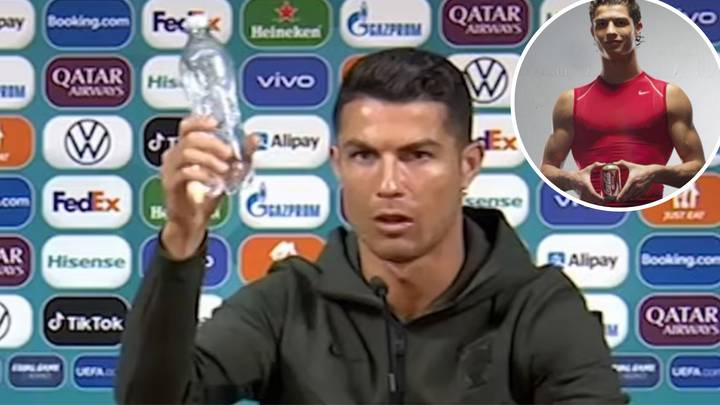
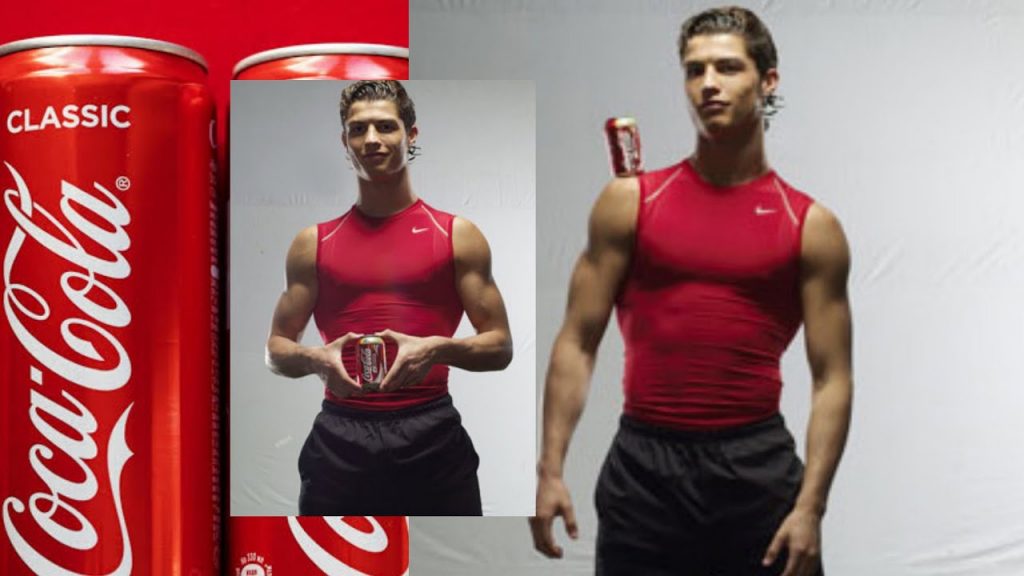
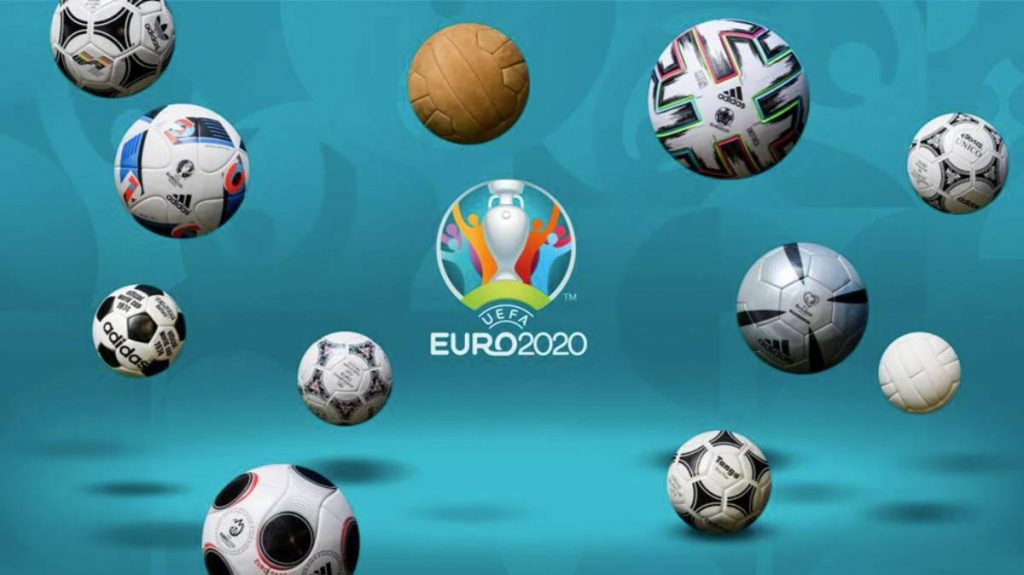
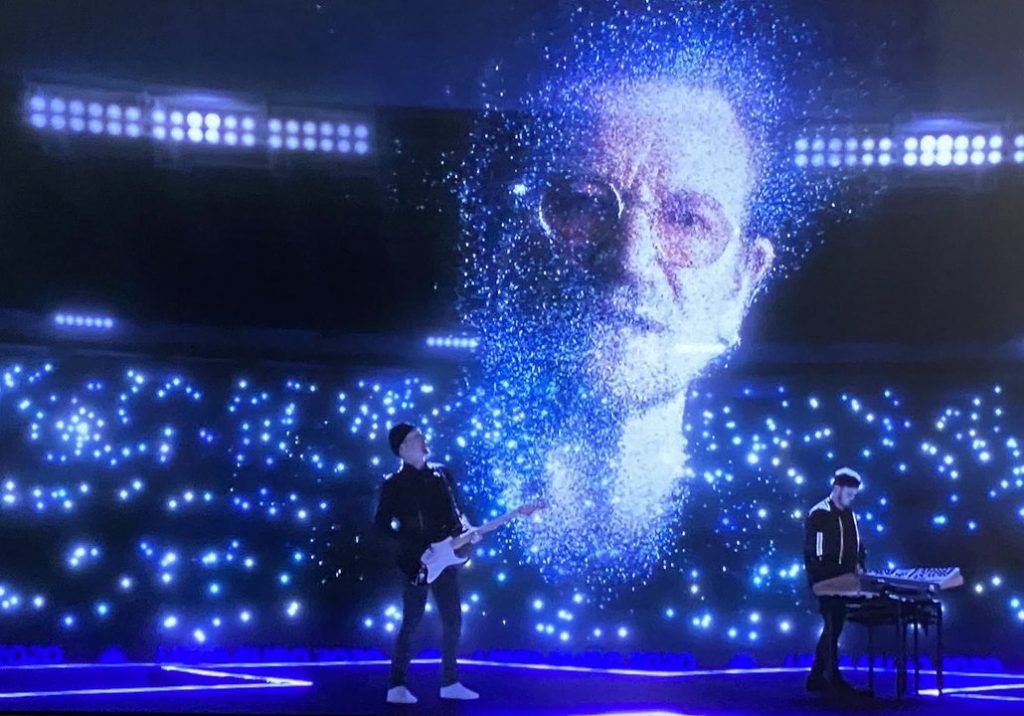

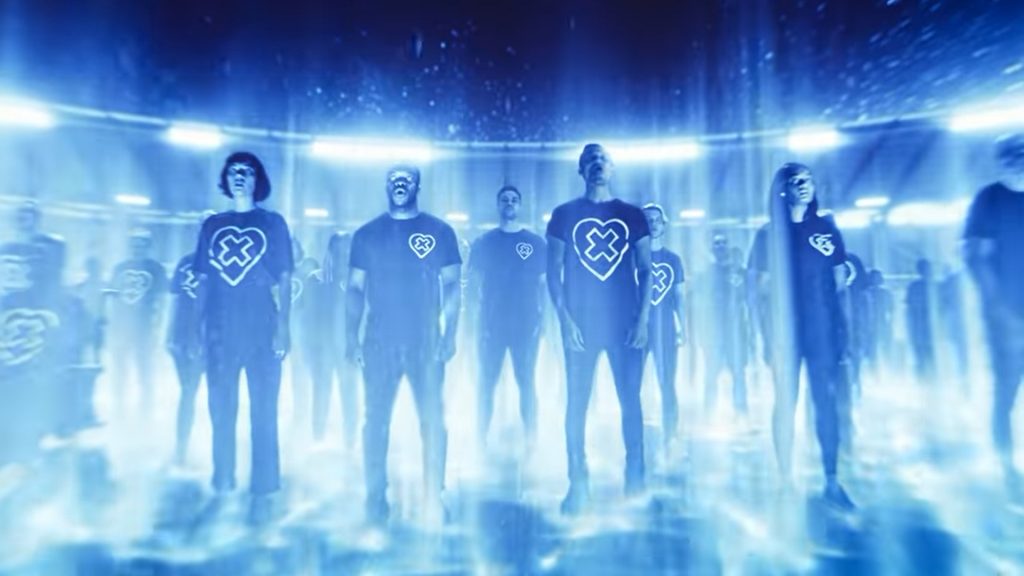
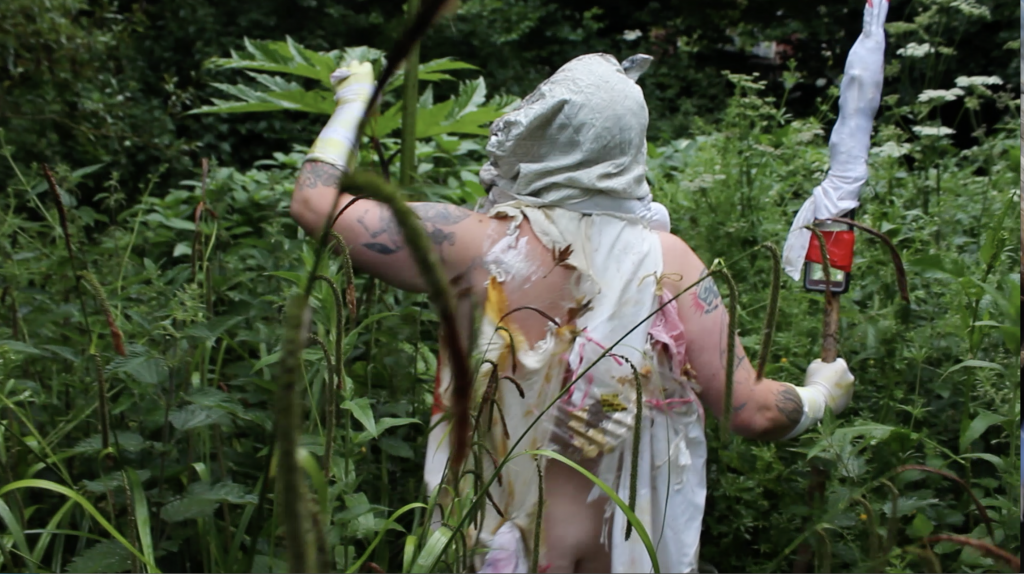
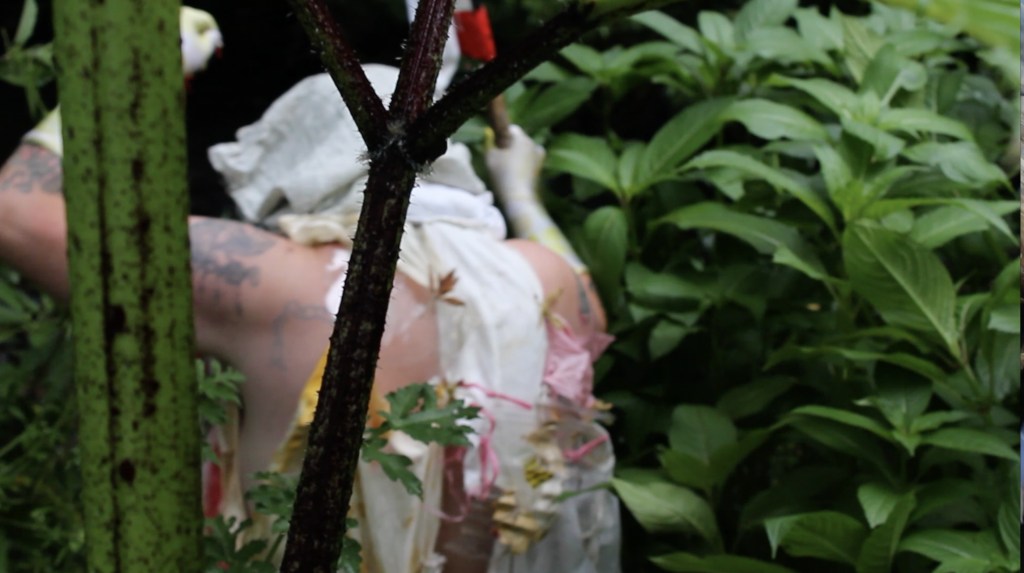
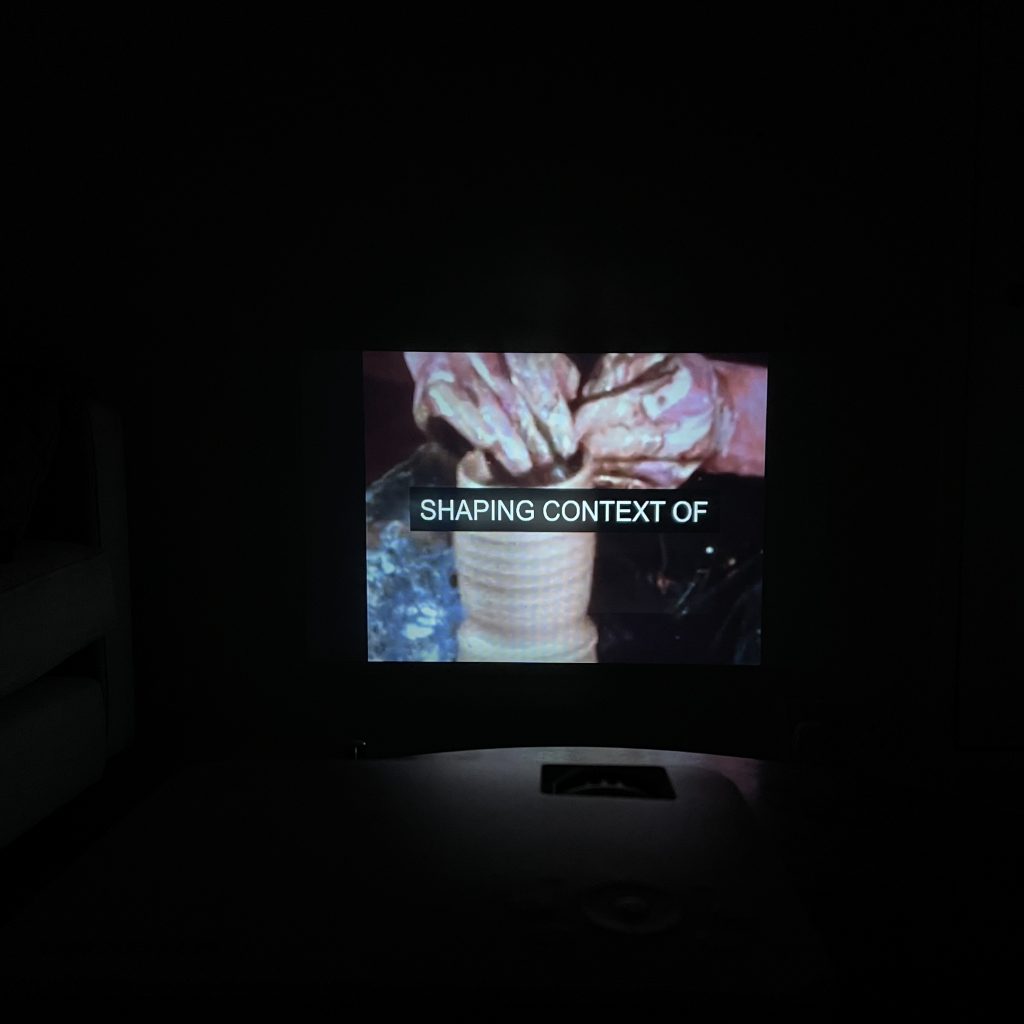
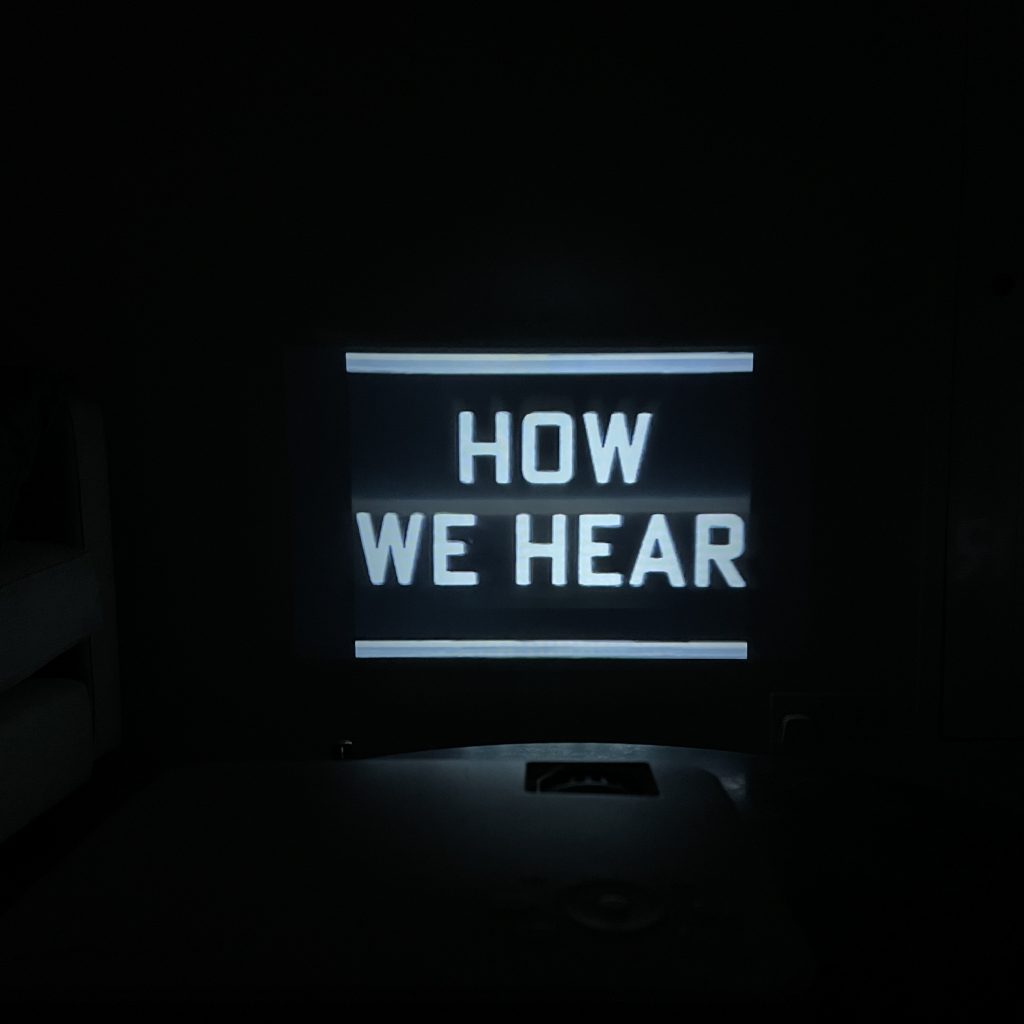
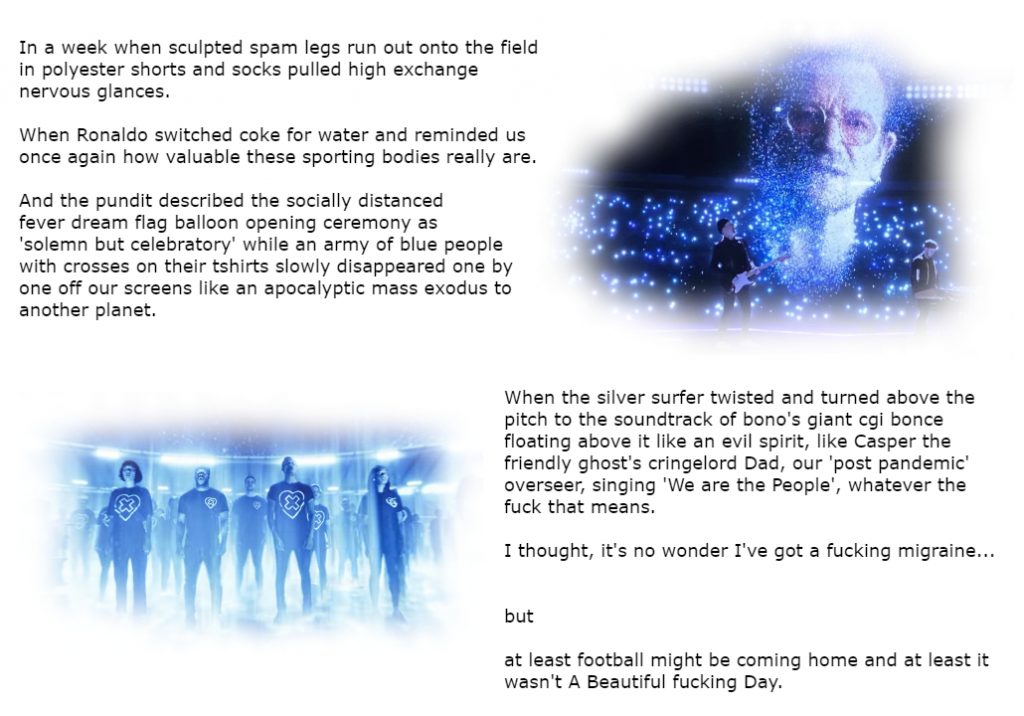
![Page 183 of the book [reading] [sounds] by Sean Zdenek - title of chapter "Captioned Silences and Ambient Sounds" Below the title, the paragraph starts with "As counterintuitive as it may sound, silence sometimes needs to be closed captioned. Captioners not only inscribe sounds in writing but must also account for our assumptions about the nature, production, and reception of sounds. One of our most basic assumption is hat sounds are either discrete (with a clear beginning and end) or sustained (continuous). Sustained sounds, including sounds that are captioned as continuous or repeating (e.g., using the present participle verb+ing, as in [phone ringing]) may need to be identified in the captions as stopped or terminated if it's not clear from the visual context. That is, if we can't see the phone being answered or the ring being turned off, the captioner may need to mark the termination of the ringing sound. We also assume as moviegoers that the world is never technically silent. Ambient noise provides context. True silence is rare on the screen. In the real world beyond the screen, the same assumption holds.Sound waves envelop hearing viewers even in "silence." The total absence of sound can only be achieved on Earth artificially in an anechoic chamber, a room designed to block out exterior noise and absorb interior sound waves. Designed to test product noise levels (and not human tolerance levels), the chamber reportedly causes hallucinations and severe disorientation in hearing visitors who spend even a little time in one (Davies 2012):"](https://vitalcapacities.com/wp-content/uploads/2021/06/IMG_2319-768x1024.jpg)
